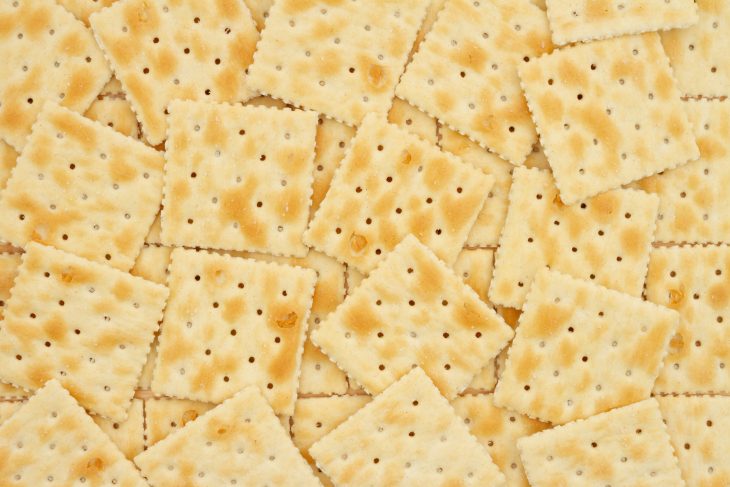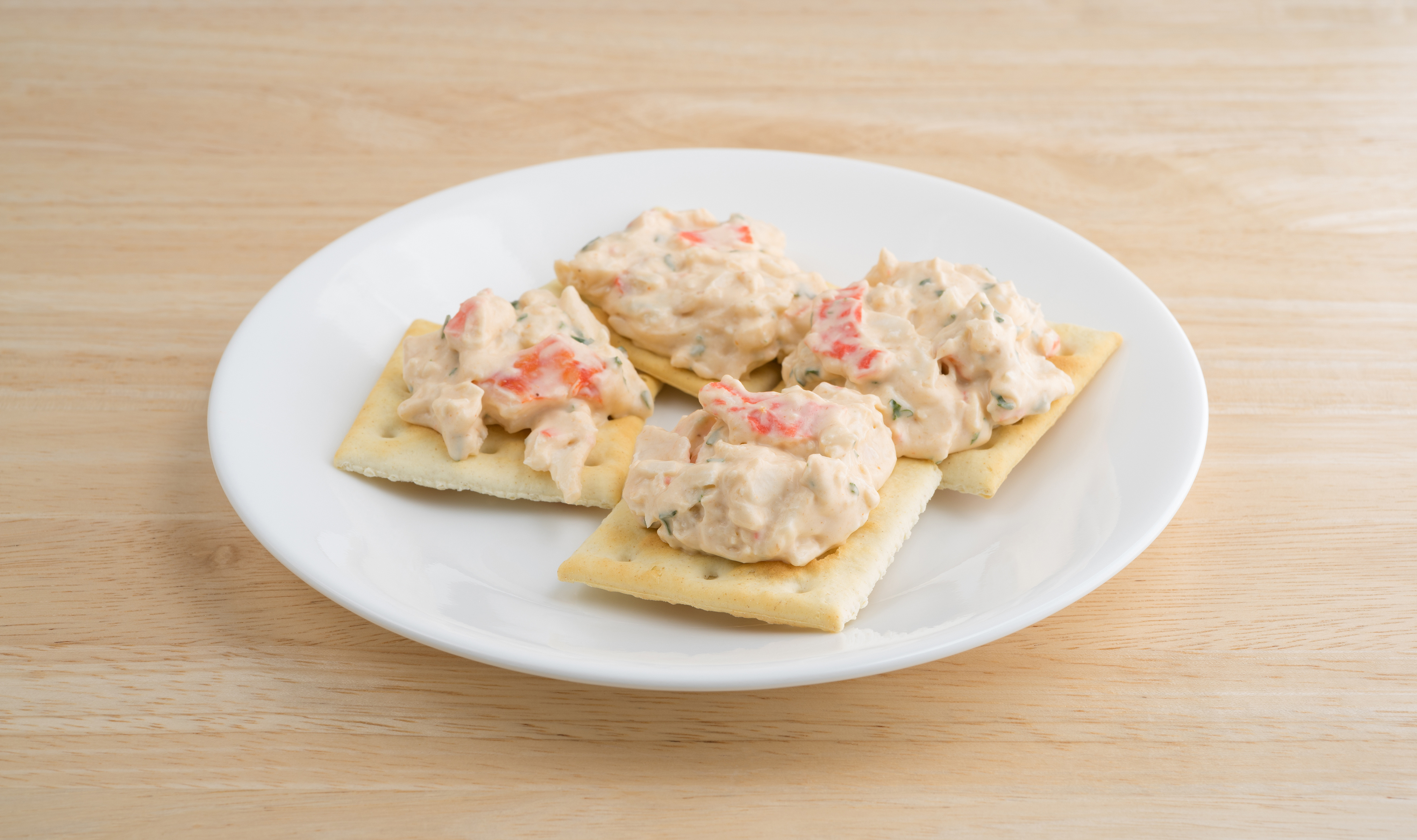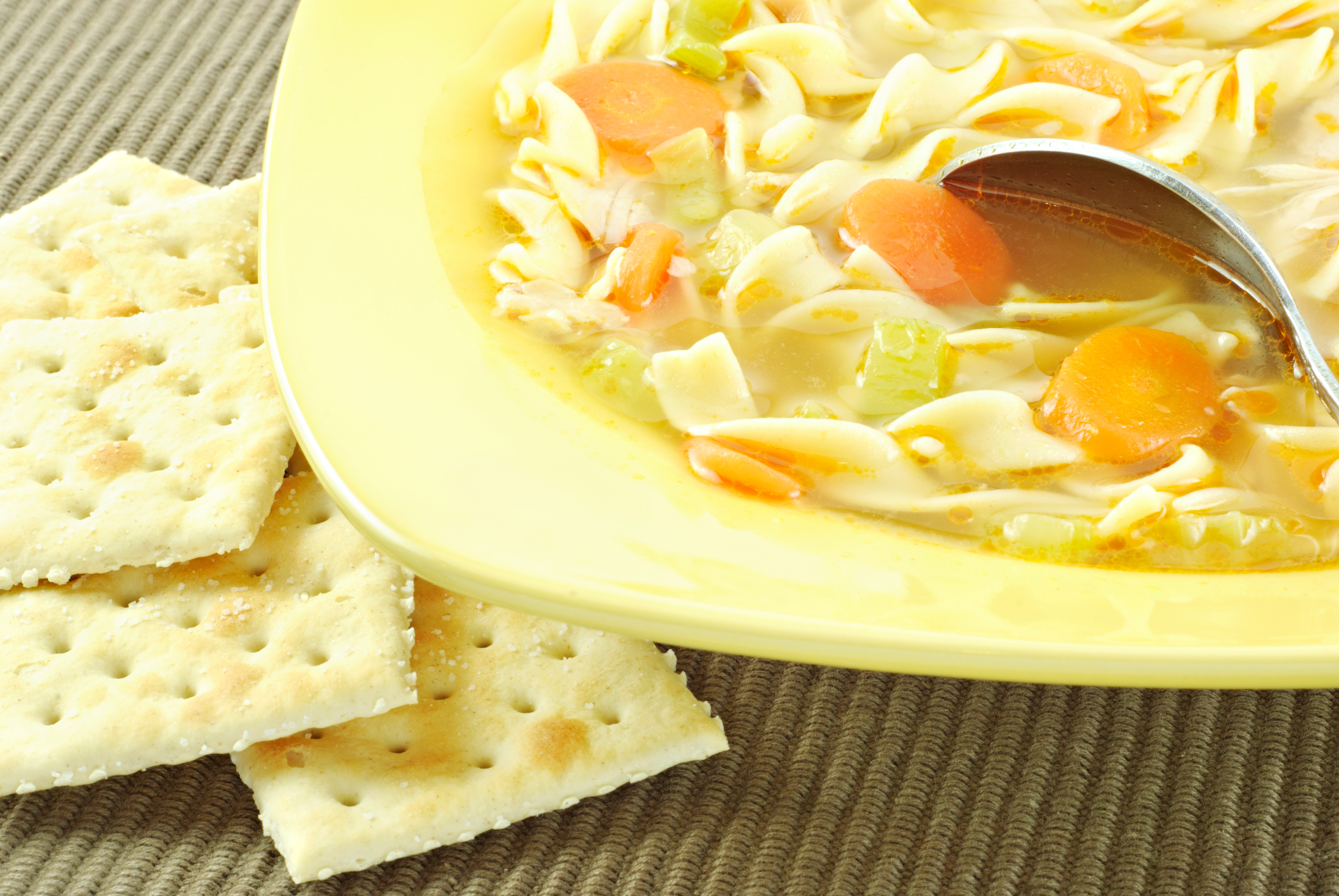
Saltine crackers, with their crispy texture and versatile nature, have been a beloved snack for generations. Whether enjoyed on their own, paired with dips, or used as a base for delicious toppings, these crackers offer a satisfying crunch that leaves us wanting more. In this article, we will delve into 19 intriguing nutrition facts about saltines, shedding light on their composition, health benefits, and why they have become a pantry staple in many households. So, let’s embark on this flavorful journey and uncover the secrets of saltine crackers.
The Simple Pleasures of Saltines
Saltines, also known as soda crackers, are thin, crispy, square-shaped crackers made from simple ingredients like flour, baking soda, and salt. They have a neutral taste that pairs well with a wide range of flavors, making them a versatile option for both sweet and savory combinations.
Calories in Saltine Crackers
A serving of saltine crackers, typically consisting of about five crackers, contains approximately 70 calories. This makes them a relatively low-calorie snack option, allowing for portion control and customization based on individual dietary needs.
Carbohydrates for Energy
Saltine crackers are primarily composed of carbohydrates, providing a quick source of energy. A serving of saltines contains around 13 grams of carbohydrates, making them an ideal choice for a pre-workout snack or as part of a balanced meal.
Dietary Fiber Content
While saltine crackers are not particularly high in dietary fiber, they do contribute to your daily intake. A serving of saltines contains approximately 0.5 grams of dietary fiber, aiding in digestion and promoting a healthy digestive system.
Protein Power
Although saltine crackers are not a significant source of protein, they still contain a small amount. A serving of saltines typically provides around 1 gram of protein, contributing to the overall protein intake for the day.
Essential Micronutrients
Saltine crackers contain a variety of essential micronutrients that support overall health. They are a good source of iron, with a serving providing approximately 6% of the recommended daily intake. Iron plays a vital role in oxygen transport and the production of red blood cells.

Sodium and Saltine Crackers
As the name suggests, saltine crackers contain salt. A serving of saltines can contribute around 180-200 milligrams of sodium to your diet. While sodium is an essential mineral, it is important to monitor your overall sodium intake, especially if you have specific dietary restrictions or health conditions.
Low in Fat
Saltine crackers are relatively low in fat, with a serving containing less than 1 gram of fat. This makes them a suitable option for individuals who are mindful of their fat intake or following a low-fat diet.
Cholesterol-Free Snacking
Saltine crackers are free from cholesterol, making them a heart-healthy snack choice. High cholesterol levels can increase the risk of heart disease, and incorporating cholesterol-free options like saltines can contribute to a balanced diet.
Saltine Crackers and Hydration
Saltine crackers have a reputation for being a go-to snack when feeling nauseous or experiencing an upset stomach. This is because the crackers’ bland flavor and absorbent nature can help alleviate symptoms and promote hydration. However, it is important to consult a healthcare professional for specific dietary advice in such situations.
Versatile Topping Options
One of the joys of saltine crackers is their versatility as a base for various toppings and spreads. From classic choices like cheese, peanut butter, or hummus to more adventurous options like smoked salmon or avocado, saltines can be customized to suit a wide range of tastes and preferences.
Portion Control and Snacking
Saltine crackers can be a valuable tool for portion control during snacking. Their individual serving size allows for easy monitoring of intake, preventing mindless overeating and promoting mindful eating habits.

Pairing with Soups and Stews
Saltine crackers have long been enjoyed as an accompaniment to soups, stews, and chili. Their delicate texture and mild flavor complement the richness of these dishes, providing a satisfying crunch and helping to balance the overall flavor profile.
Gluten-Free Alternatives
For individuals with gluten sensitivities or those following a gluten-free diet, there are gluten-free options available in the market. These alternatives offer the same crispy texture and can be enjoyed by individuals with specific dietary needs.
Snacking for All Ages
Saltine crackers are a snack enjoyed by people of all ages. From children’s lunchboxes to adult office snacks, these versatile crackers have found their place in households around the world. Their mild flavor and easy-to-eat nature make them a convenient and satisfying choice for people of all generations.
Homemade Saltine Recipes
While store-bought saltine crackers are convenient and readily available, making your own saltines can be a fun and rewarding culinary project. Numerous recipes exist for homemade saltine crackers, allowing you to customize the flavors, experiment with different seasonings, and create a truly unique snacking experience.
Saltines in Cultural Cuisine
Saltine crackers have found their way into various cultural cuisines, beyond their original roots. In some regions, they are used as a component in traditional recipes, such as incorporating crushed saltines into meatloaf or using them as a topping for casseroles. This demonstrates their versatility and adaptability in different culinary traditions.
Shelf Life and Storage
Saltine crackers have a relatively long shelf life, thanks to their low moisture content. When stored properly in a cool and dry place, they can remain fresh for several months. It is recommended to keep them in an airtight container or their original packaging to maintain their crispy texture.
Enjoying Saltine Crackers Responsibly
As with any food, it is important to enjoy saltine crackers in moderation as part of a balanced diet. While they offer convenience and versatility, they should be complemented with a wide variety of nutrient-rich foods to ensure a well-rounded nutritional intake.
Conclusion
As we conclude our exploration of saltine crackers’ nutrition facts, we hope you have gained a deeper understanding of the composition and health benefits of these beloved snacks. Remember to savor them mindfully, whether enjoyed on their own, accompanied by flavorful toppings, or incorporated into your favorite recipes. Saltine crackers are not just a tasty treat; they are a versatile addition to a wholesome snacking experience.
Was this page helpful?
Our commitment to delivering trustworthy and engaging content is at the heart of what we do. Each fact on our site is contributed by real users like you, bringing a wealth of diverse insights and information. To ensure the highest standards of accuracy and reliability, our dedicated editors meticulously review each submission. This process guarantees that the facts we share are not only fascinating but also credible. Trust in our commitment to quality and authenticity as you explore and learn with us.
